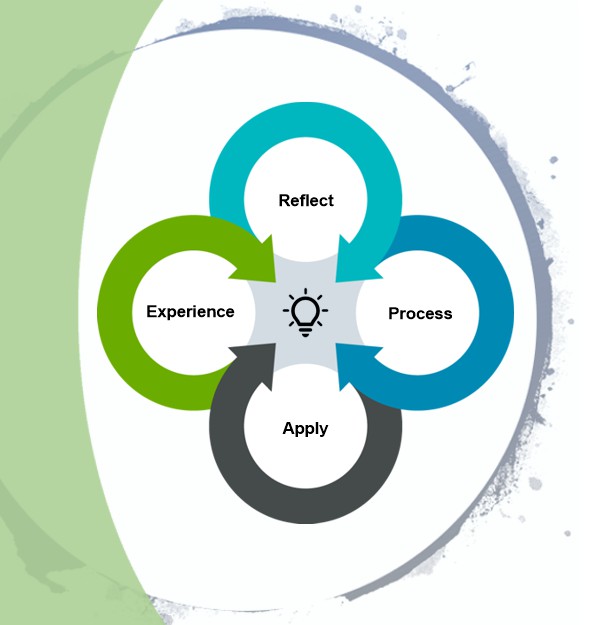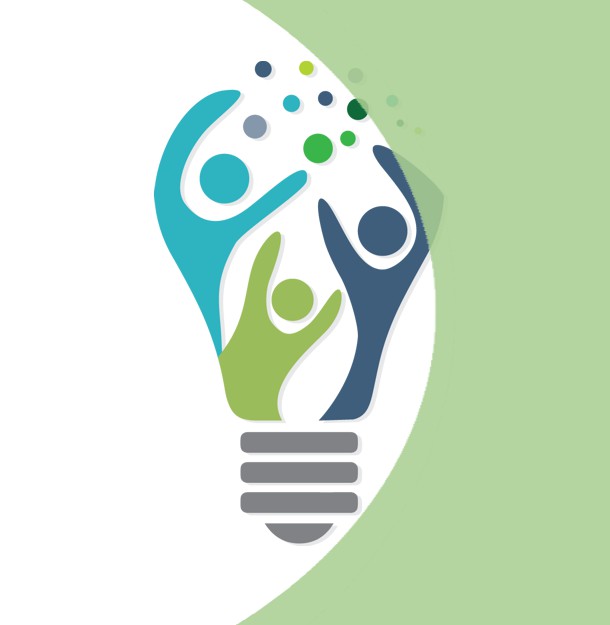You wouldn’t expect to become a pilot without some time in a flight simulator. Further, many experienced pilots refine their skills with flight simulation games. Well, in many ways, the Green Business Lab is a flight simulator for business sustainability.
In the Green Business Lab, participants take the role of an Executive Team of a company. The Board of Directors has tasked them with leading the company while minimizing their environmental footprint and increasing business and social value. So, they must run the company with accountability, transparency, and respect for employees and other stakeholders. Thus, participants must develop their own personal model of business sustainability and put it into practice. They learn by doing.
And as participants immerse themselves in the sustainability simulation, they build knowledge and skill in a learning environment that they essentially control. Further, because the participants shape their own outcomes, they can see the connection between their decisions and results. In addition, they learn from the examples of the other teams in the simulation – who often take different approaches even though they are engaged in the same activity.
Confucius may have said it a long time ago, but it still applies today, “I hear, and I forget. I see, and I remember. I do, and I understand.”


You wouldn’t expect to become a pilot without some time in a flight simulator. Further, many experienced pilots refine their skills with flight simulation games. Well, in many ways, the Green Business Lab is a flight simulator for business sustainability.
In the Green Business Lab, participants take the role of an Executive Team of a company. The Board of Directors has tasked them with leading the company while minimizing their environmental footprint and increasing business and social value. So, they must run the company with accountability, transparency, and respect for employees and other stakeholders. Thus, participants must develop their own personal model of business sustainability and put it into practice. They learn by doing.
And as participants immerse themselves in the sustainability simulation, they build knowledge and skill in a learning environment that they essentially control. Further, because the participants shape their own outcomes, they can see the connection between their decisions and results. In addition, they learn from the examples of the other teams in the simulation – who often take different approaches even though they are engaged in the same activity.
Confucius may have said it a long time ago, but it still applies today, “I hear, and I forget. I see, and I remember. I do, and I understand.”

Our sustainability simulation game process follows a classical (Kolb) experiential learning cycle:

Our sustainability simulation game process follows a classical (Kolb) experiential learning cycle:
Individuals who excel in business sustainability often demonstrate a mindset that enables change. This mindset typically includes leadership qualities such as:
Participants have opportunities to practice these leadership qualities throughout the sustainability simulation. For example, they may create a vision and set of values for their company, including a code of conduct and responsibility. Or they may focus on building a culture of sustainability that engages employees and creates a positive work environment. Or they may strive to align functional areas of a company around a strategy to make an effective organization.
In these ways, the leadership challenges posed during the simulation help participants think about interpersonal dynamics and collaborative approaches. This softer side of the sustainability challenge is where participants often find unexpected hurdles. When this occurs, the participants pause to reflect and discuss the situation, often leading to break-through thinking.


Individuals who excel in business sustainability often demonstrate a mindset that enables change. This mindset typically includes leadership qualities such as:
Participants have opportunities to practice these leadership qualities throughout the sustainability simulation. For example, they may create a vision and set of values for their company, including a code of conduct and responsibility. Or they may focus on building a culture of sustainability that engages employees and creates a positive work environment. Or they may strive to align functional areas of a company around a strategy to make an effective organization.
In these ways, the leadership challenges posed during the simulation help participants think about interpersonal dynamics and collaborative approaches. This softer side of the sustainability challenge is where participants often find unexpected hurdles. When this occurs, the participants pause to reflect and discuss the situation, often leading to break-through thinking.

Teaching business sustainability differs from teaching many business topics because environmental and social issues frequently relate to individual values and beliefs. Discussing these values and beliefs can improve a participant’s understanding of multiple perspectives and enhance the team’s ability to work effectively. And our simulation game process uses peer and facilitated discussion to enrich the learning experience.
In addition, the option to engage with stakeholders within the simulation introduces multiple points of view on a topic. This enables participants to practice essential skills such as transparency, respect, and accountability.
Finally, because our sustainability simulation game is a safe environment (nobody is fired and no actual losses occur), participants can explore, experiment, and learn without the pressure of real-world consequences.

Teaching business sustainability differs from teaching many business topics because environmental and social issues frequently relate to individual values and beliefs. Discussing these values and beliefs can improve a participant’s understanding of multiple perspectives and enhance the team’s ability to work effectively. And our simulation game process uses peer and facilitated discussion to enrich the learning experience.
In addition, the option to engage with stakeholders within the simulation introduces multiple points of view on a topic. This enables participants to practice essential skills such as transparency, respect, and accountability.
Finally, because our sustainability simulation game is a safe environment (nobody is fired and no actual losses occur), participants can explore, experiment, and learn without the pressure of real-world consequences.



We're happy to have you join us! Subscribe & receive our latest posts in your inbox. We respect your privacy & never share your information. You can unsubscribe at any time.

